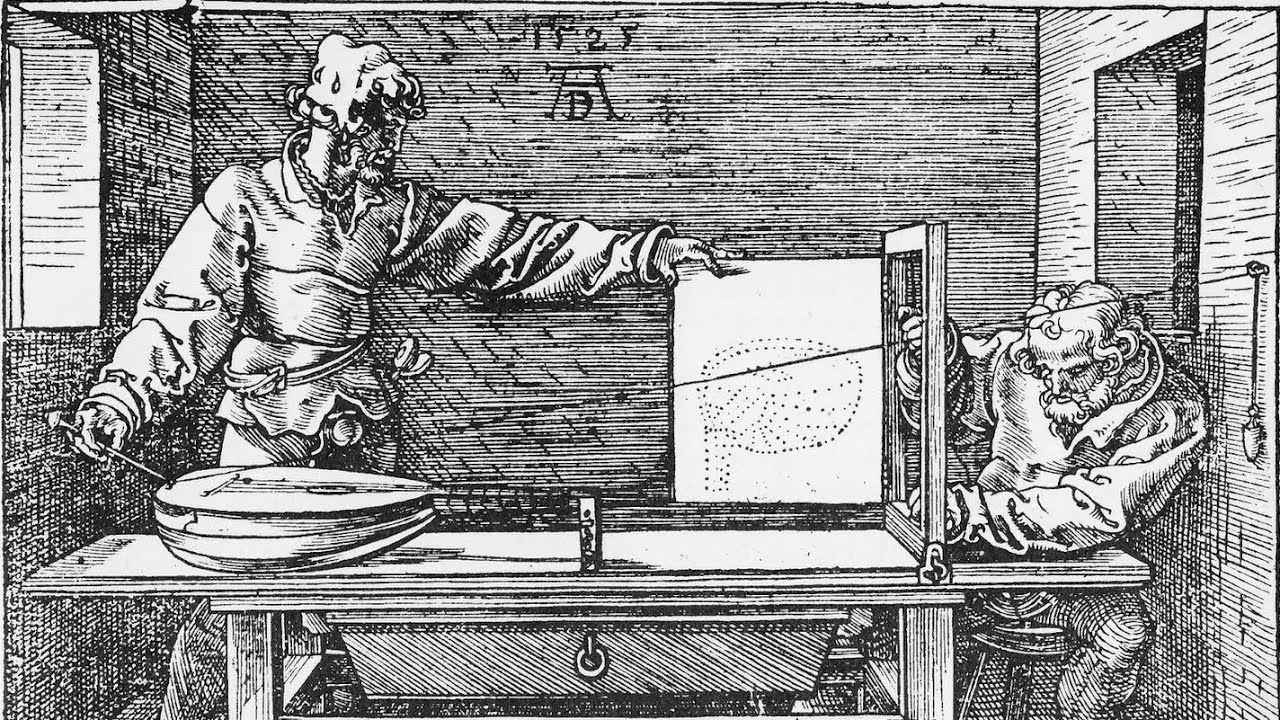Let \(n\) be a positive integer, and let \(\Delta_n\) be the polynomial
\begin{equation*}
\Delta_n = \prod_{1\leq i\lt j\leq n} (x_i-x_j)
\end{equation*}
in the variables \(x_1,x_2,\ldots,x_n\text{.}\) For example, we have \(\Delta_3 = (x_1-x_2)(x_1-x_3)(x_2-x_3)\text{.}\) Given a permutation \(\alpha\) in \(S_n\text{,}\) let \(\alpha
\Delta_n\) be the polynomial
\begin{equation*}
\alpha \Delta_n = \prod_{1\leq i\lt j\leq n}
(x_{\alpha(i)}-x_{\alpha(j)}).
\end{equation*}
In the exercises below, you will show that \(\alpha\Delta_n=\pm \Delta_n\) for all \(\alpha\) in \(S_n\text{.}\) This allows us to define the sign of a permutation \(\alpha\text{,}\) denoted \(\sgn(\alpha)\), to be \(+1\) or \(-1\) according to whether \(\alpha\Delta_n=\Delta_n\) or \(\alpha\Delta_n=-\Delta_n\text{,}\) respectively.
\begin{equation*}
\sgn(\alpha) = \begin{cases}
+1 \amp \text{if } \alpha\Delta_n = \Delta_n\\
-1 \amp \text{if } \alpha\Delta_n = -\Delta_n
\end{cases}
\end{equation*}
We say that a permutation \(\alpha\) is even if \(\sgn(\alpha)=+1\text{,}\) and we say \(\alpha\) is odd if \(\sgn(\alpha)=-1\text{.}\)
-
Write expressions for \(\Delta_4\text{,}\) \((134)\Delta_4\text{,}\) and \((1324)\Delta_4\) (write all the factors). All three expressions consist of the same factors, possibly times \(\pm 1\text{.}\) Identify which factors of \((134)\Delta_4\) and \((1324)\Delta_4\) have the opposite sign of the corresponding factor in \(\Delta_4.\) Use your expressions to find \(\sgn(134)\) and \(\sgn(1324)\text{.}\)
-
Generalize the examples in part (a) above to show that \(\alpha \Delta_n = \pm \Delta_n\) for all \(\alpha\) in \(S_n\text{.}\) This justifies the definition of the sign of a permutation.
-
Show that \(\tau\Delta_n=-\Delta_n\) for any transposition \(\tau\) in \(S_n\text{.}\) Suggestion: Let \(\tau=(ab)\) be a transposition with \(a\lt
b\text{.}\) Count the number of factors \((x_i-x_j)\) of \(\Delta_n\) such that \(x_{\tau(i)}-x_{\tau(j)} =
-(x_i-x_j)\text{.}\)
-
Define
\(\alpha(-\Delta_n)\) by
\(\alpha(-\Delta_n)=-\alpha\Delta_n\) for
\(\alpha\) in
\(S_n\text{.}\) Show that
\begin{equation}
(\alpha \beta)\Delta_n =
\alpha(\beta\Delta_n)\tag{2.5.1}
\end{equation}
for all
\(\alpha,\beta\) in
\(S_n\text{.}\)
-
Let
\(\alpha\) be an element of
\(S_n\text{.}\) By
Exercise 2.2.9,
\(\alpha\) may be written as a product of transpositions
\(\alpha=\tau_1\tau_2\cdots\tau_k\text{.}\) Use
(2.5.1) to show that
\(\sgn(\alpha)=(-1)^k\text{.}\) Consequence: if
\(\alpha\) is expressible as a product of an even number of transpositions, then
\(\alpha\) is an even permutation. Further, any product of transpositions that equals
\(\alpha\) must have an even number of transpositions. (A similar statement holds replacing the word “even” by the word “odd”.)
-
Show that \(\phi(\alpha)(\pm \Delta_n) = \pm
\alpha\Delta_n\) defines a group action \(\phi\colon S_n
\to \Perm(X)\) of the group \(S_n\) on the set \(X=\{\Delta_n,-\Delta_n\}\text{.}\)
-
Show that the sign function \(\sgn\colon S_n\to C_2\) is a homomorphism of groups.
-
The subset of even permutations of
\(S_n\) is denoted
\(A_n\text{.}\) Give two arguments why
\(A_n\) is a normal subgroup of
\(S_n\text{.}\) Use (i) the 1-step or the 2-step subgroup test and definition
Definition 2.4.8, and (ii) using criterion 1 of
Proposition 2.4.9. This group
\(A_n\) is called the
alternating group.

